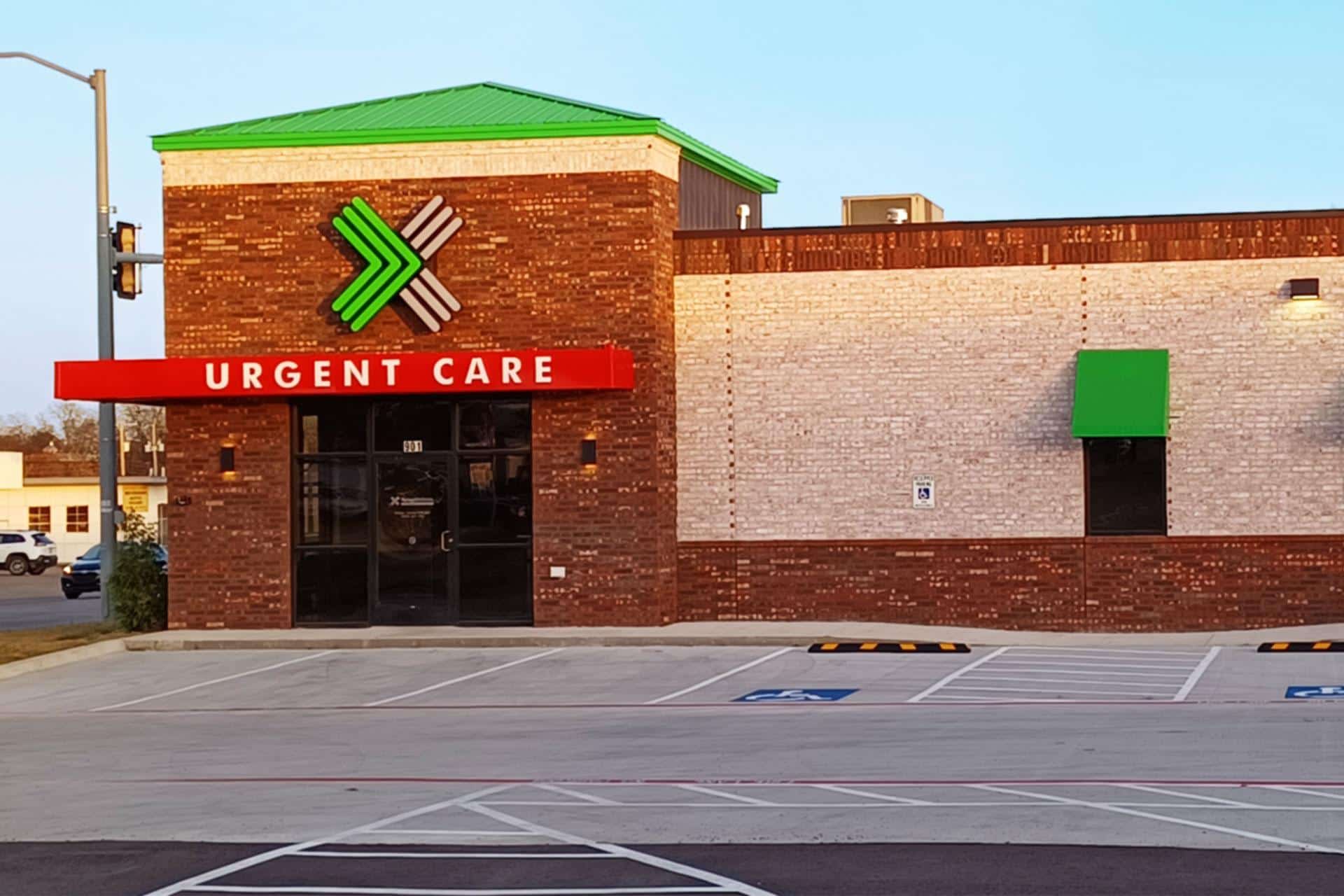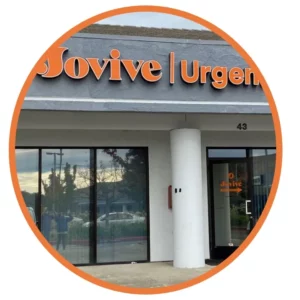Professional Advice on Navigating Clinic Options for Urgent Care
Professional Advice on Navigating Clinic Options for Urgent Care
Blog Article
The Importance of Urgent Care Centers in Linking the Gap Between Health Care and Emergency Providers
Immediate care facilities have actually arised as an important component of the medical care landscape, effectively resolving the critical demand for instant medical attention without resorting to emergency services. The progressing function of urgent treatment centers elevates important inquiries regarding their integration within the more comprehensive health care system and the implications for person end results and resource allocation.
Review of Urgent Treatment Centers
Immediate care facilities have ended up being a necessary element of the medical care delivery system, giving easily accessible medical solutions for non-life-threatening conditions. These facilities commonly operate outside conventional workplace hours, offering patients a choice to emergency situation rooms and health care setups. People seeking urgent treatment typically present with problems such as minor injuries, infections, or ailments that need punctual attention but do not pose a prompt risk to life or limb.
Urgent treatment centers are staffed by a variety of health care professionals, consisting of physicians, registered nurse specialists, and medical professional assistants, who are furnished to detect and treat different clinical worries. They commonly include analysis devices such as X-ray equipments and lab solutions, allowing them to offer thorough care on-site.
The establishment of urgent treatment facilities has been influenced by the enhancing demand for timely medical services in a hectic society, where patients may have a hard time to secure consultations with health care service providers. Consequently, these centers intend to reduce congestion in emergency divisions, enhancing total medical care effectiveness. Furthermore, immediate care centers commonly work as a bridge in between main care and emergency services, making certain that individuals receive appropriate care customized to their certain clinical requirements.

Advantages of Urgent Treatment Services
Accessing timely clinical treatment is a significant advantage of urgent care solutions. These centers supply instant focus for non-life-threatening problems, efficiently lowering delay times contrasted to traditional emergency divisions. Clients looking for treatment for small injuries, diseases, or immediate wellness problems can get treatment without the lengthy hold-ups usually connected with health center visits.
One more key advantage is the extended hours of operation. Lots of urgent care facilities are open evenings and weekend breaks, accommodating clients who may not have the ability to see their medical care service provider throughout common workplace hours. This adaptability makes urgent care an easily accessible choice for those with hectic schedules or unexpected health issues.
Moreover, immediate care centers frequently provide a vast variety of services, including diagnostic testing, X-rays, and basic research laboratory services. This thorough technique enables for quick diagnosis and treatment, boosting person contentment.
Additionally, urgent treatment facilities are generally extra cost-efficient than emergency situation areas, making them an appealing alternative for people without insurance coverage or those with high-deductible plans. Generally, urgent care solutions play a vital role in providing accessible, prompt, and budget-friendly healthcare.
Contrast With Medical Care
Commonly, clients often weigh their choices between immediate treatment facilities and medical care service providers when looking for medical focus. Both serve necessary roles in the medical care system, yet they differ substantially in access, price, and range.
Medical care suppliers are generally the very first factor of contact for individuals, concentrating on lasting health management, preventative treatment, and persistent condition management. They provide connection of treatment, promoting a patient-provider connection that enables extensive wellness analyses and customized therapy plans. However, setting up a visit can be taxing, commonly needing days or weeks in development.
On the other hand, urgent care facilities offer prompt care for non-life-threatening problems that require timely attention, such as minor injuries or infections. These centers often run beyond traditional workplace hours, suiting patients that may not have the ability to see their primary treatment supplier during regular company times. In addition, immediate treatment is typically much more cost-effective than emergency room gos to, making it an enticing alternative for those with limited medical care access.
Ultimately, while immediate care facilities and medical care providers both add to patient wellness, they accommodate unique requirements, making it essential for clients to establish which option best straightens with their situations.
Emergency Solutions Communication
The communication in between urgent care centers and emergency situation services is a vital facet of the health care landscape, particularly when clients deal with scenarios that might intensify in seriousness. Urgent care facilities function as a bridge in between primary treatment and emergency situation departments, resolving non-life-threatening conditions that require immediate interest. This cooperation enhances individual outcomes and optimizes source allowance within the medical care system.
When individuals present with not serious however urgent problems, urgent treatment centers can successfully handle their needs, alleviating blockage in emergency clinic. Facilities geared up with analysis capacities can help with prompt references to emergency services when a client's problem goes beyond the range of urgent care therapy. This smooth interaction aids make sure that people get the appropriate level of care without unneeded delays.
Moreover, efficient communication in between immediate treatment that site companies and emergency solutions is essential. Sharing individual details and treatment histories cultivates collaborated treatment, decreasing the threat of repetitive examinations and procedures. As healthcare proceeds to develop, the vibrant connection in between immediate care facilities and emergency services will certainly play an essential function in improving patient treatment effectiveness, satisfaction, and overall wellness results within the community.
Future of Urgent Care Facilities
As healthcare needs develop, the future of immediate care facilities is positioned to become significantly indispensable to the general medical environment (Urgent Care). These centers are most likely to broaden their functions by including innovative modern technologies, such as telemedicine, fabricated knowledge, and electronic health and wellness record combination. This will boost patient accessibility and simplify treatment sychronisation between immediate care, health care, and emergency situation services
Furthermore, urgent treatment facilities are expected to diversify their service offerings to consist of precautionary treatment and persistent illness monitoring. This shift will position them as crucial parts in handling populace wellness, reducing the concern on emergency situation departments, and resolving spaces in medical care schedule.
The expanding fad of value-based treatment will additionally increase the transformation of urgent treatment centers, motivating them to concentrate on individual outcomes and contentment. Facilities may additionally embrace joint technique versions, functioning closely with experts and health care companies to ensure detailed person management.
Final Thought
To conclude, immediate care facilities serve a crucial feature in the healthcare system by giving instant access to treatment for non-life-threatening problems, efficiently minimizing pressure on emergency situation solutions. Their extended hours and diverse range of services boost individual convenience and contentment, while likewise making certain ideal care distribution. As health care needs continue to advance, the function go to this website of urgent treatment facilities will likely end up being increasingly substantial, additional connecting the void between key treatment and emergency solutions.
The establishment of immediate treatment centers has been affected by the increasing need for prompt medical services in a hectic culture, where patients may battle to safeguard appointments with main treatment providers. Additionally, immediate treatment facilities frequently offer as a bridge in between main treatment and emergency services, making sure that clients receive suitable treatment customized to their details clinical needs.
Lots of immediate treatment facilities are open nights and weekend breaks, suiting people that might not be able to visit their primary care supplier during basic office hours (Urgent Care). As health care continues to develop, the dynamic relationship between urgent care centers and emergency services will play a crucial role in improving client care efficiency, fulfillment, and general health and more helpful hints wellness results within the neighborhood

Report this page